
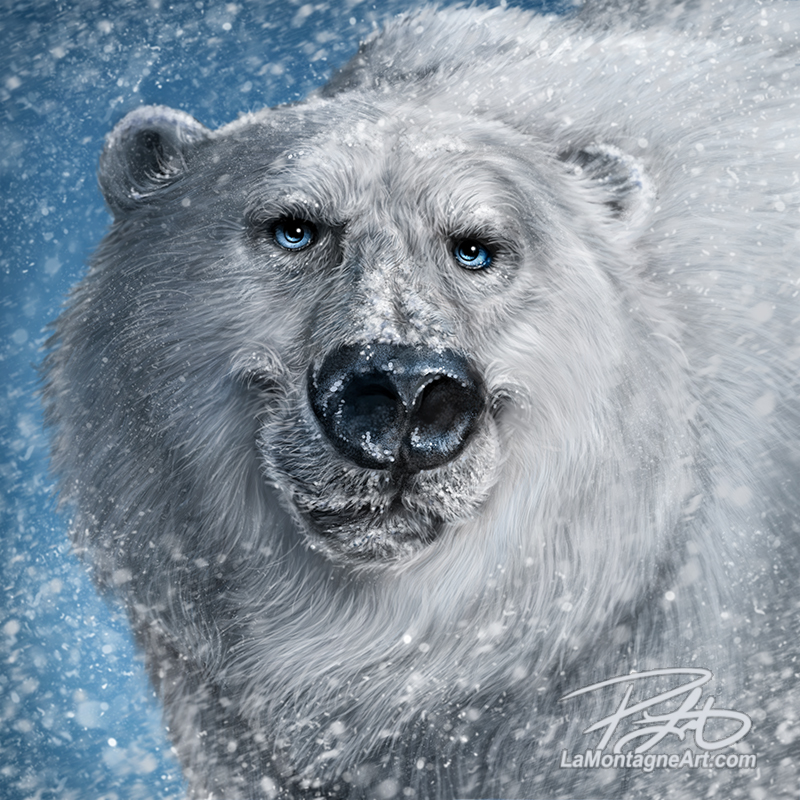 While I’m not a big fan of the season, I love winter colours, the blues, greys and whites. Seems like I’m on a bit of a snow kick right now.
While I’m not a big fan of the season, I love winter colours, the blues, greys and whites. Seems like I’m on a bit of a snow kick right now.
I’m proficient with a camera but have no designs on working as a professional photographer or even being a serious hobbyist. I love taking photos, but only because it’s the first step in painting my whimsical wildlife. Images a pro would toss in the trash can still work well for reference. If the photo shows the necessary details, I can ignore any flaws, artifacts, lighting and exposure issues.
I prefer to take my own reference, but it’s not always possible, especially when the animals aren’t all that local. My Humpback Whale and Sea Turtle paintings come to mind. Thankfully, I’ve known several generous photographer friends willing to share their beautiful photos. If I tried to list them all, I would forget somebody and wouldn’t want hurt feelings. Hopefully, I adequately conveyed my gratitude to them at the time and in the blog posts accompanying any new painting.
I could buy stock photos for reference, and I’ve done so before. But if I’m going to use somebody else’s photos for reference, I prefer to have a connection with the person who took them. It often makes for a better story, and I have a lot of respect for artists who have skills I don’t, especially wildlife photographers.
I spend many long hours painting, obsessing over little hairs on a grizzly bear’s ears or the challenging horn texture on a bighorn sheep, but I’m in a comfortable office while doing it. I haven’t the patience, time, or funds to travel long distances to remote locations with a ton of expensive gear, only to sit in a blind for days, waiting for any animal to come down a trail, hoping to get that perfect shot.
And since wildlife doesn’t punch a clock, they often don’t get the shot. I admire those folks and their commitment.
For most of these artists, the experience and pursuit are often as important as the photos, but I’ve always been more of a destination guy. I don’t even like road trips.
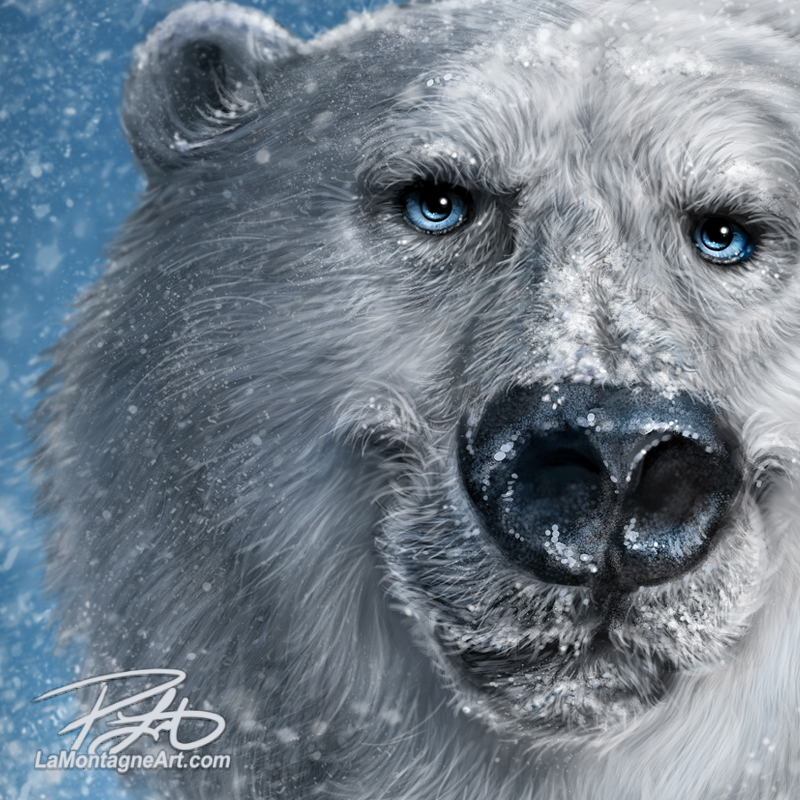 My friend David duChemin is a talented and skilled photographer. He’s been on multiple trips to northern Manitoba to take photos of polar bears. I don’t remember if I had asked or if he volunteered, but he once offered some of those photos for reference.
My friend David duChemin is a talented and skilled photographer. He’s been on multiple trips to northern Manitoba to take photos of polar bears. I don’t remember if I had asked or if he volunteered, but he once offered some of those photos for reference.
When I ask to use reference pics, I’m okay with receiving a No, which has happened a few times. I also expect to pay for the exchange, in cash or trade, and am prepared that I might not be able to afford the asking price, which has also happened. Photographers work hard for their craft and deserve compensation. Even with that perspective, I always feel a little weird about asking, wondering if I’m crossing a line, especially with friends.
But I wanted to paint another polar bear, so I swallowed my pride a couple of weeks ago and asked David if the offer was still good. He not only replied right away, but within a few hours, I had a large collection of his photos to download.
I hadn’t planned on using them for a month or more, so I asked early, wary of implying any rush. I was surprised to get them so quickly. I loved looking through the photos because they are all beautiful shots. Rather than try to anticipate what I wanted and create unnecessary work, David just uploaded a bunch and let me decide. Most of them wouldn’t be suitable for reference, but quite a few gave me what I needed. The photos inspired me, so I started this painting the next day and completed it this past Sunday.
If you’d like to see some of David’s polar bear shots, here are two posts (first and second) where he shares some of them. He’s also an excellent writer, so look around his site and enjoy his photography and stories. He casts a wide net with his subjects and themes, but it should come as no shock that I’m partial to his wildlife images, especially the bears. David has taken several trips to hard-to-reach locations all over the Pacific coast and interior to capture glimpses of bears in their natural habitats.
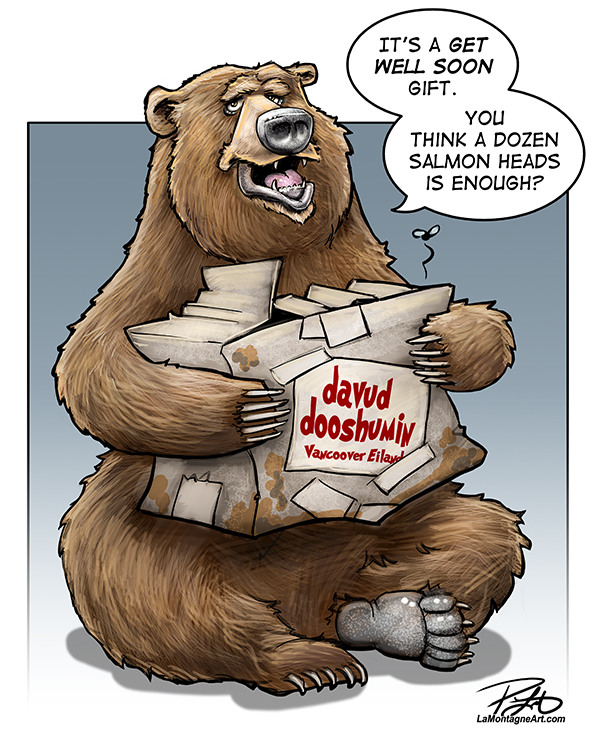
David underwent a surgical procedure earlier this summer, and I drew this cartoon for him. He’s recovering well and will undoubtedly be back in bear country soon. I’m happy with how this polar bear painting turned out, and I look forward to the day I can repay David for his generosity.
Because of the whimsical nature of my work, with an almost caricature quality to the animals, and that I don’t often paint landscapes or detailed backgrounds in my pieces, my paintings rarely look the same as the photos I use for reference. I’m not looking to replicate a picture; I just need to see the details, where the shadows and highlights fall in the anatomy, and what the fur texture looks like. I can’t paint my version of wildlife unless I know what the reality looks like.
That said, I like to take my own photos whenever possible because there have been countless times where the photo has inspired the painting. It might be a hint of an expression I can exaggerate, the way the light hits fur or feathers, or the personality I see in the actual animal that I can develop in the painted version.
But for those times I haven’t been able to take my own reference, I’m grateful for so many photographer friends who have helped bring some of my paintings to life. You know who you are.
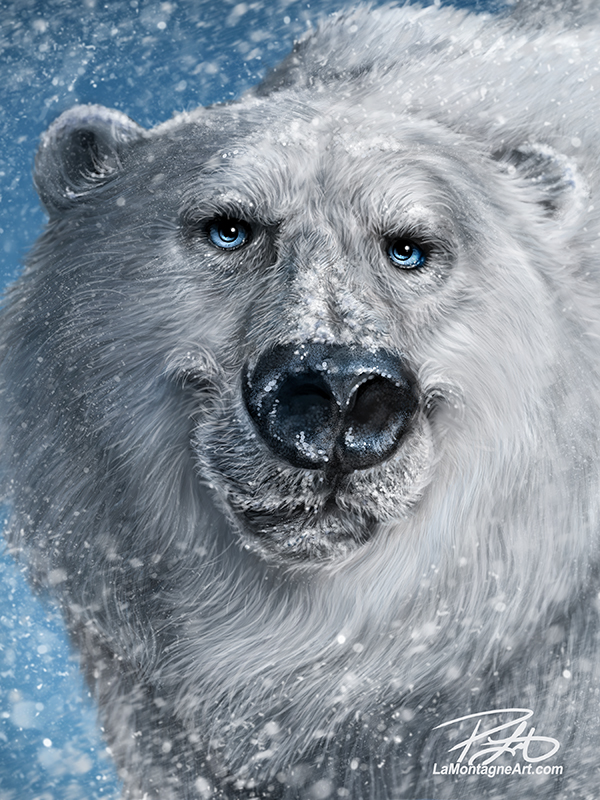 One of the challenges with a square format painting is that I need to crop it for my standard 11”x14” print, either vertical or horizontal. I tried both layouts, and vertical was the clear winner. Of course, you can always order the original square format as a canvas or metal print. Drop me a line for more details.
One of the challenges with a square format painting is that I need to crop it for my standard 11”x14” print, either vertical or horizontal. I tried both layouts, and vertical was the clear winner. Of course, you can always order the original square format as a canvas or metal print. Drop me a line for more details.
Cheers,
Patrick


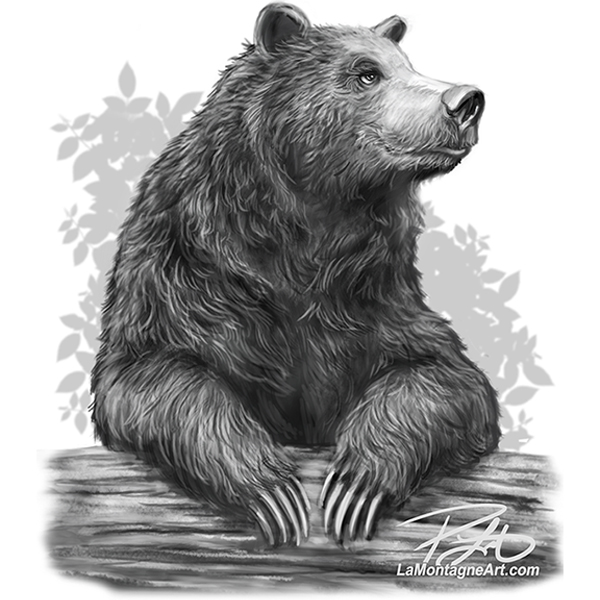
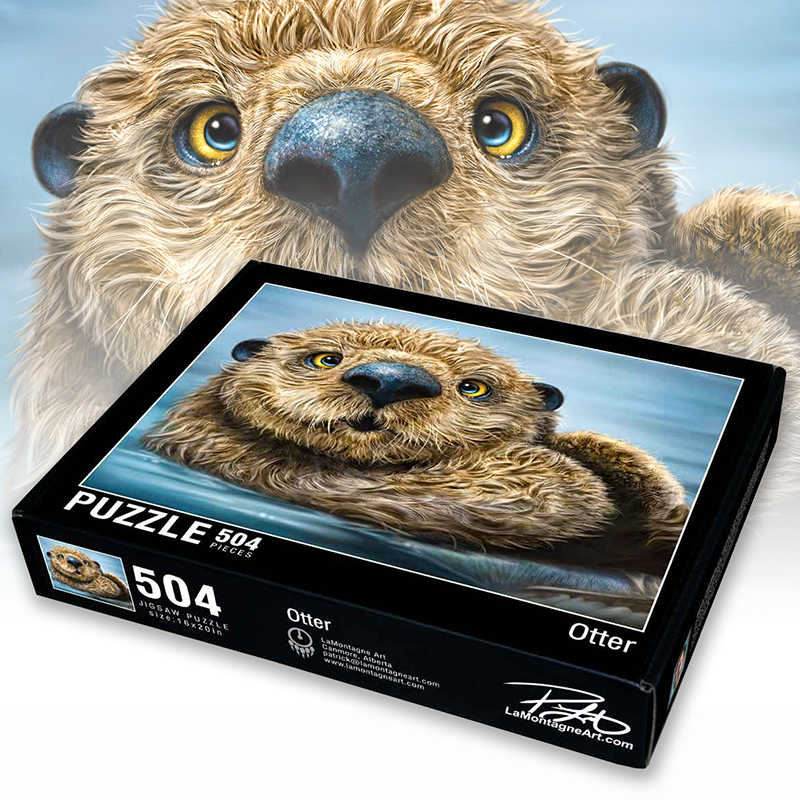 Earlier this year, I surveyed subscribers to
Earlier this year, I surveyed subscribers to 
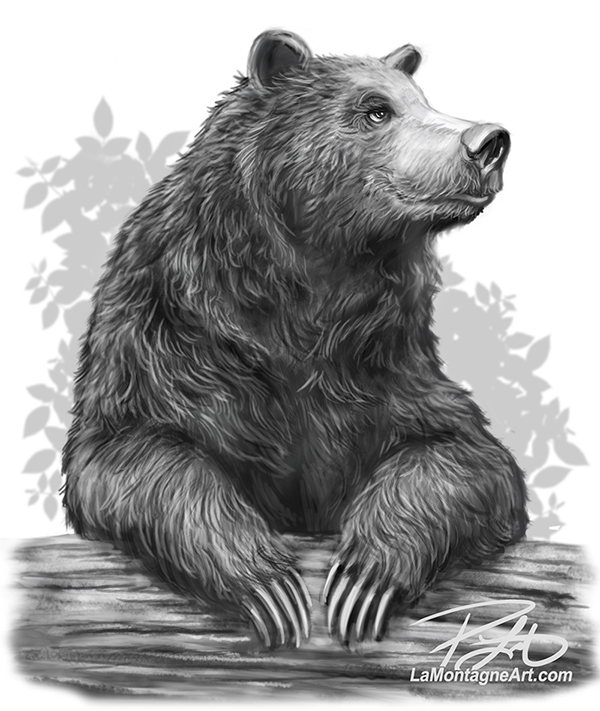 I’ll have another fully rendered new painting to share with you soon, but while you wait, here’s another recent piece I drew for the bear book.
I’ll have another fully rendered new painting to share with you soon, but while you wait, here’s another recent piece I drew for the bear book.
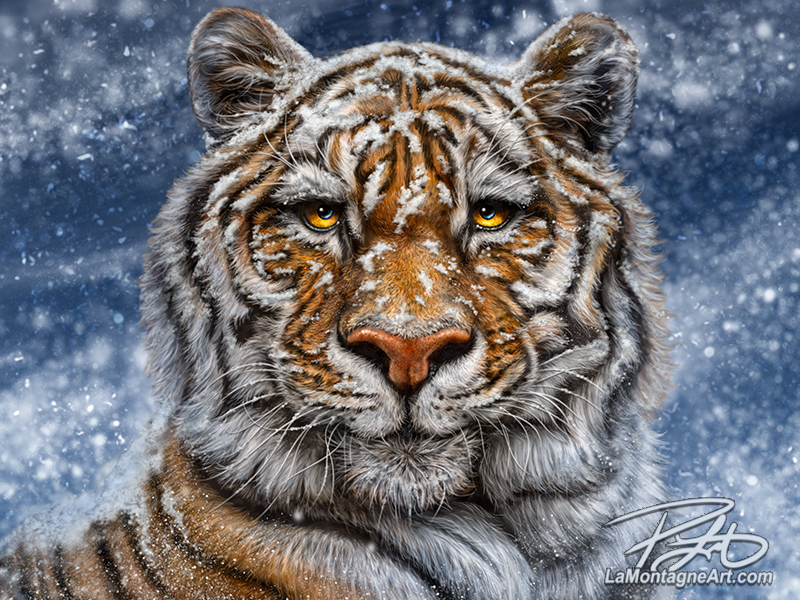 This cool cat began as a design I pitched for a puzzle license that didn’t work out. But since I liked the idea, I decided to paint it anyway. It was challenging, and I spent a lot of time on the detail. I’m pleased with the finished piece.
This cool cat began as a design I pitched for a puzzle license that didn’t work out. But since I liked the idea, I decided to paint it anyway. It was challenging, and I spent a lot of time on the detail. I’m pleased with the finished piece.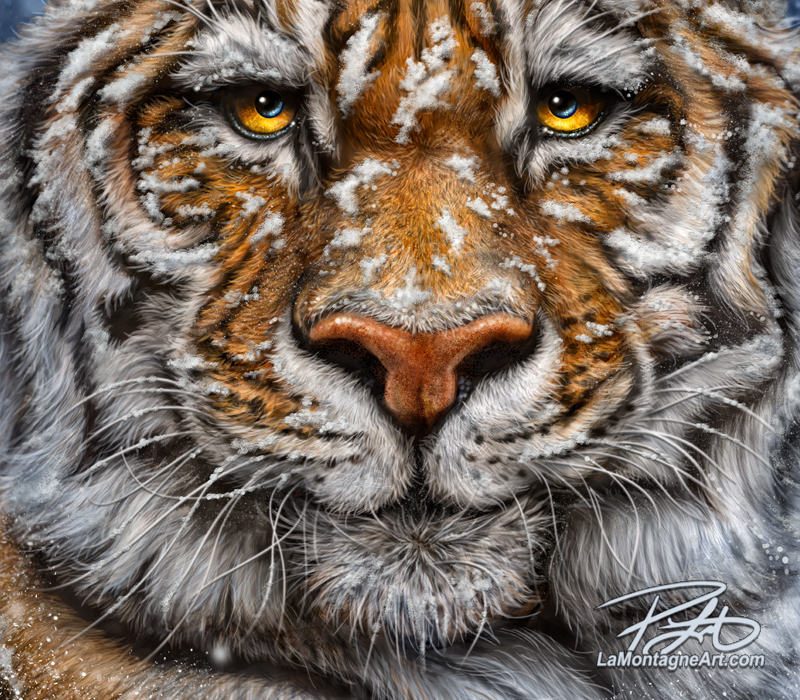 This new Winter Tiger will make a nice addition to my
This new Winter Tiger will make a nice addition to my 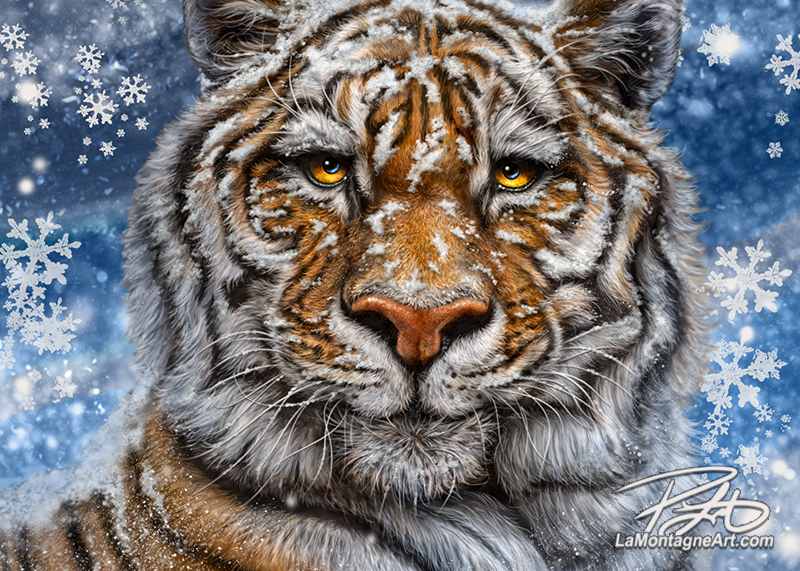 These next puzzles will also be 1000 pieces since many have asked for those. My recent
These next puzzles will also be 1000 pieces since many have asked for those. My recent 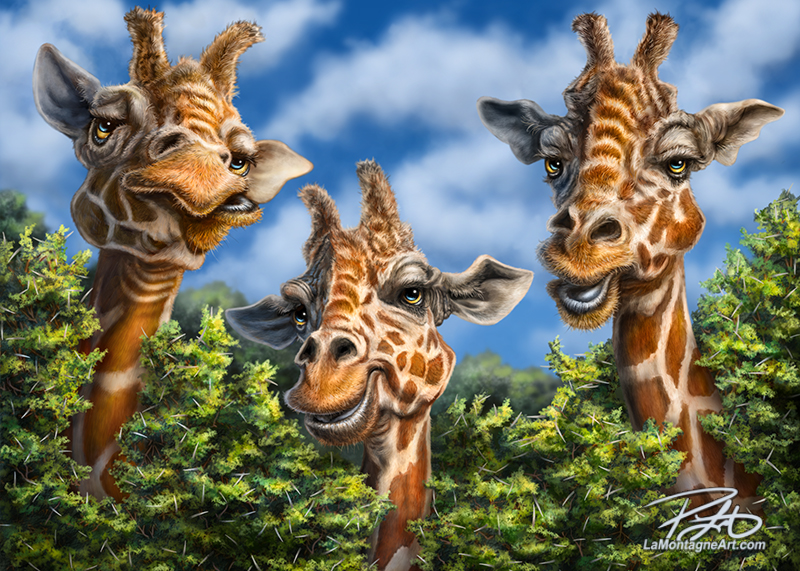

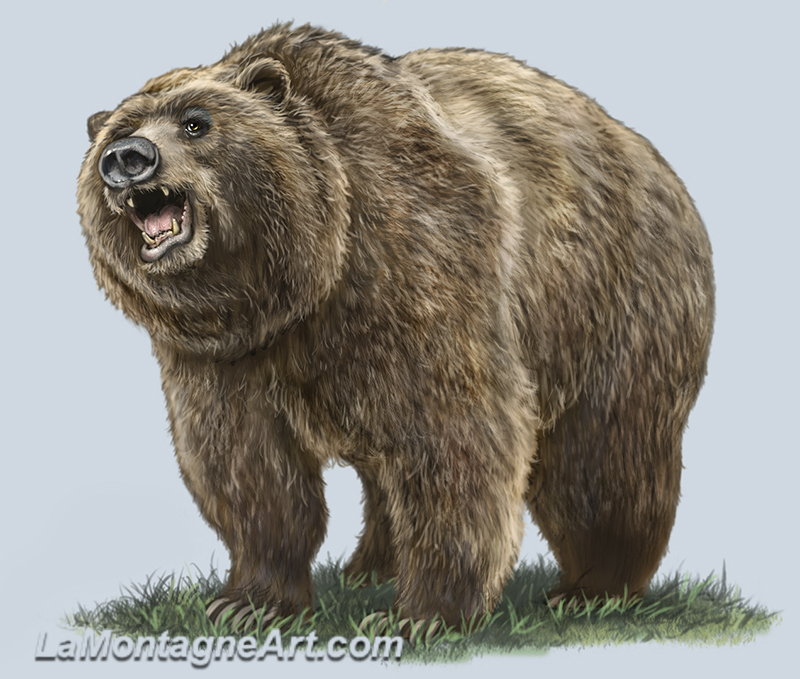

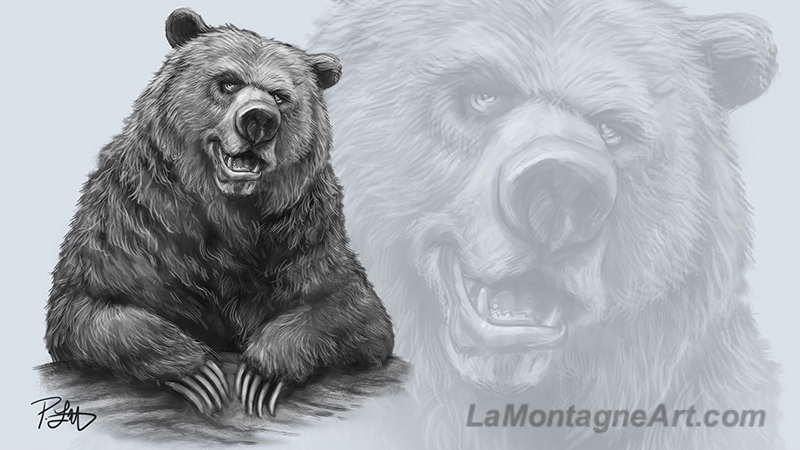 Parents used to tell their children to get an education and have something to fall back on, but those safety jobs have become rare. The days of thirty or forty years with a company followed by a healthy pension are long gone. We read daily about massive layoffs from corporations with names that used to be synonymous with stability.
Parents used to tell their children to get an education and have something to fall back on, but those safety jobs have become rare. The days of thirty or forty years with a company followed by a healthy pension are long gone. We read daily about massive layoffs from corporations with names that used to be synonymous with stability.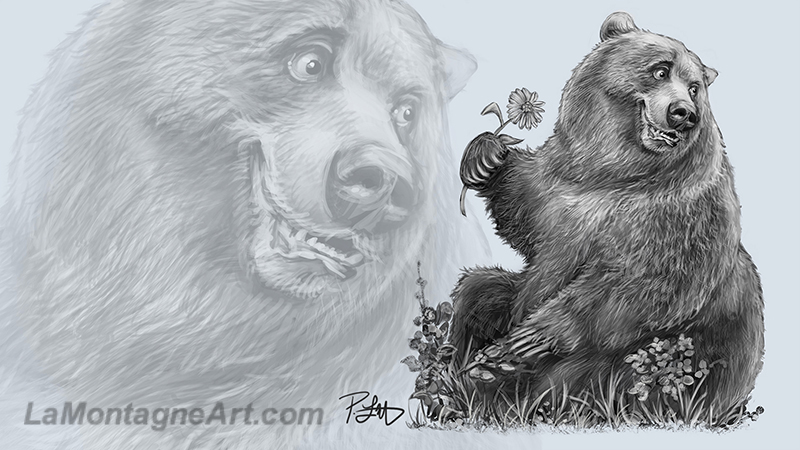 Several licensing companies rent the rights to put my work on their products. Occasionally, one will ask for a painting of a specific animal. If I can, I’ll try to accommodate the request. But without fail, as soon as I do, the client has a list of other images they want me to create.
Several licensing companies rent the rights to put my work on their products. Occasionally, one will ask for a painting of a specific animal. If I can, I’ll try to accommodate the request. But without fail, as soon as I do, the client has a list of other images they want me to create.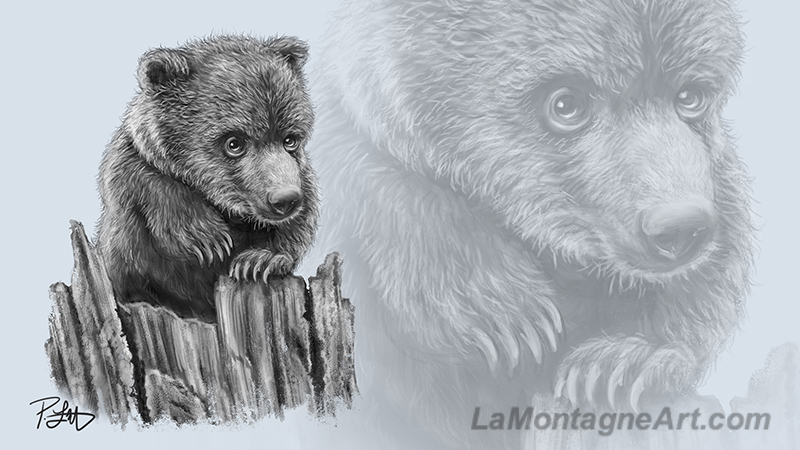 When companies are your clients, your needs are not their needs. If your art resonates with their customers, then it’s mutually beneficial. But the moment it doesn’t, you’re yesterday’s news. They’ll work with the artist who makes them the most money. They’re in business to promote their company, not your work.
When companies are your clients, your needs are not their needs. If your art resonates with their customers, then it’s mutually beneficial. But the moment it doesn’t, you’re yesterday’s news. They’ll work with the artist who makes them the most money. They’re in business to promote their company, not your work.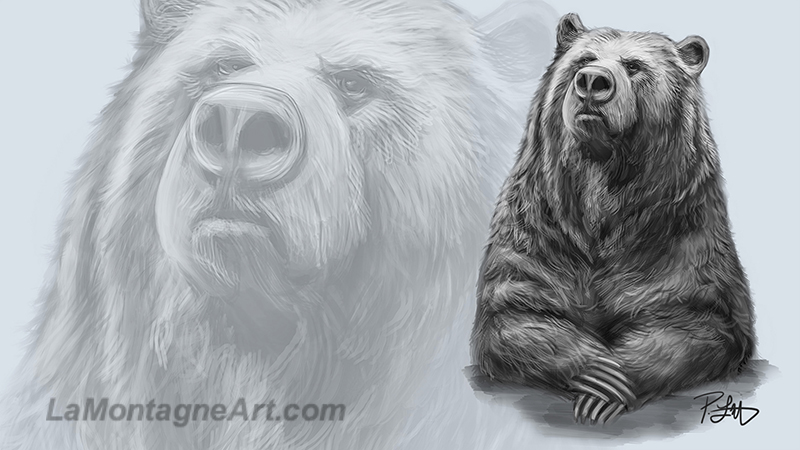 Customer service, professional behaviour and sound business practices are essential, as is compromise and accommodating your clients’ needs and wishes. People pay you to supply what they need, and delivering that often builds lasting relationships beneficial to both parties. All boats rise with the tide. Fail to realize these things, and you’ll soon be out of business.
Customer service, professional behaviour and sound business practices are essential, as is compromise and accommodating your clients’ needs and wishes. People pay you to supply what they need, and delivering that often builds lasting relationships beneficial to both parties. All boats rise with the tide. Fail to realize these things, and you’ll soon be out of business.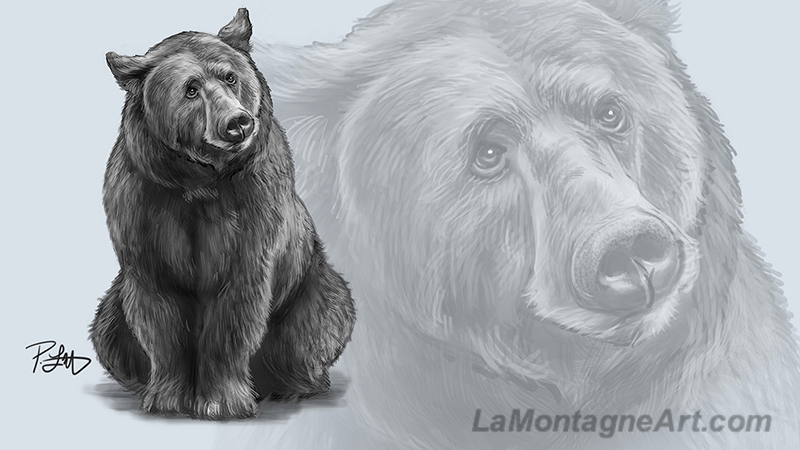 I enjoy creating my animal art, but lately, whenever I go to paint something, I think, “Will this animal be popular? Have I painted too many of these? Not enough? Will this make me any money?”
I enjoy creating my animal art, but lately, whenever I go to paint something, I think, “Will this animal be popular? Have I painted too many of these? Not enough? Will this make me any money?”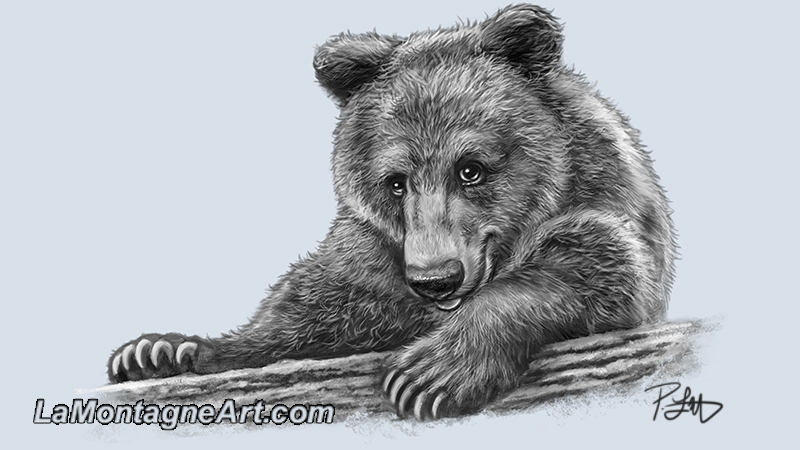 So while I’m trying to answer the question of what I want to do, I’m working on my art book about bears. Not promising to work on it like I’ve been doing for more than six years, but working on it, as I’m well and truly sick and tired of my own procrastination and bullshit excuses.
So while I’m trying to answer the question of what I want to do, I’m working on my art book about bears. Not promising to work on it like I’ve been doing for more than six years, but working on it, as I’m well and truly sick and tired of my own procrastination and bullshit excuses.
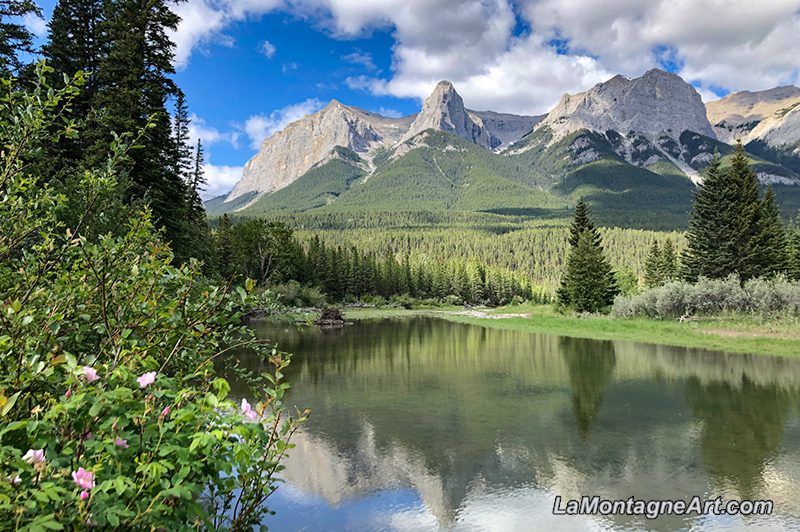 While the warm weather is here, I try to be on the bike at least once a day, which means any excuse for an errand is welcome. One loaf of bread? Sure, I’ll pick that up, but I’ll take the long route and turn it into an hour ride. Even though we’ve had our e-bikes for about a year now, I turn off the pedal assist most of the time to get some daily exercise, which turns it into a regular, but heavier, fat bike. But the assist/throttle is handy when starting from a traffic light or biking up a steep hill with groceries on board.
While the warm weather is here, I try to be on the bike at least once a day, which means any excuse for an errand is welcome. One loaf of bread? Sure, I’ll pick that up, but I’ll take the long route and turn it into an hour ride. Even though we’ve had our e-bikes for about a year now, I turn off the pedal assist most of the time to get some daily exercise, which turns it into a regular, but heavier, fat bike. But the assist/throttle is handy when starting from a traffic light or biking up a steep hill with groceries on board.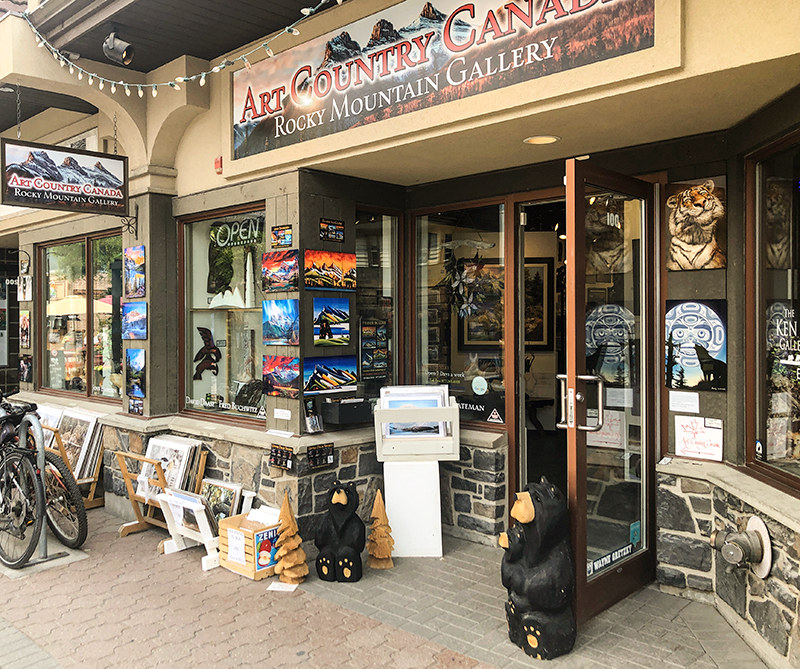 While I can’t usually drop everything to go downtown to the gallery, I was already out and about and only a few minutes away, so she was pleased when I offered to meet them there. I showed them the canvases and available prints, explained a bit about the work and was happy to answer their questions about digital painting.
While I can’t usually drop everything to go downtown to the gallery, I was already out and about and only a few minutes away, so she was pleased when I offered to meet them there. I showed them the canvases and available prints, explained a bit about the work and was happy to answer their questions about digital painting.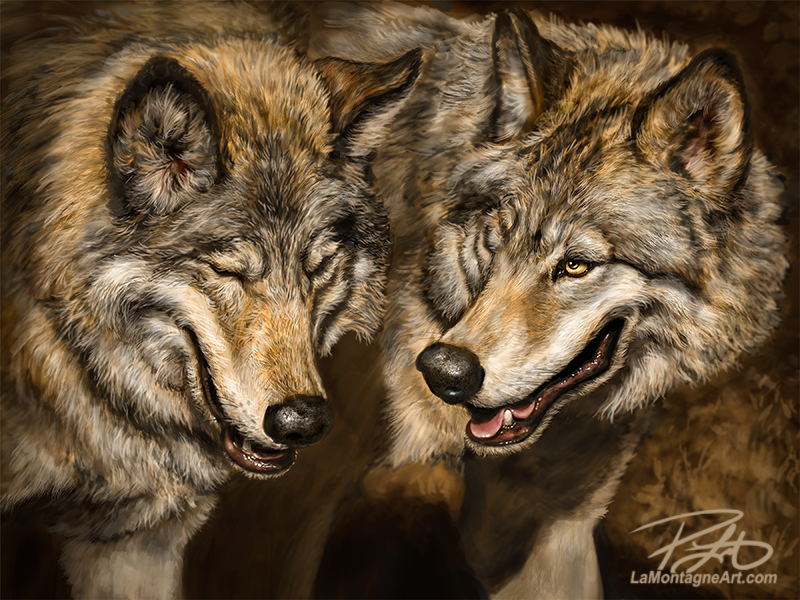 They left with another print of my Two Wolves painting (now on reorder) and four of
They left with another print of my Two Wolves painting (now on reorder) and four of 
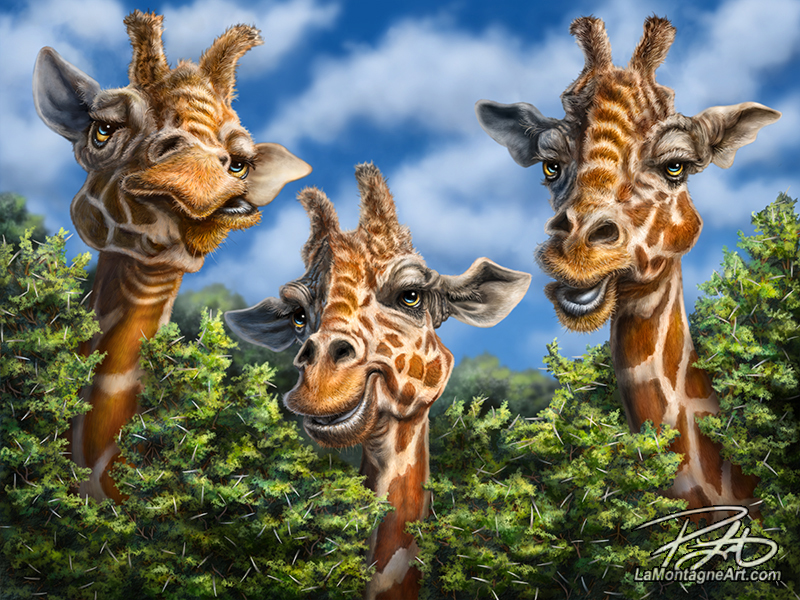 While labour-intensive, this painting wasn’t especially difficult. There weren’t any parts of it where I worried I might not have the necessary skills. That comes from experience, the feeling that “it’ll take a while, but I got this.”
While labour-intensive, this painting wasn’t especially difficult. There weren’t any parts of it where I worried I might not have the necessary skills. That comes from experience, the feeling that “it’ll take a while, but I got this.”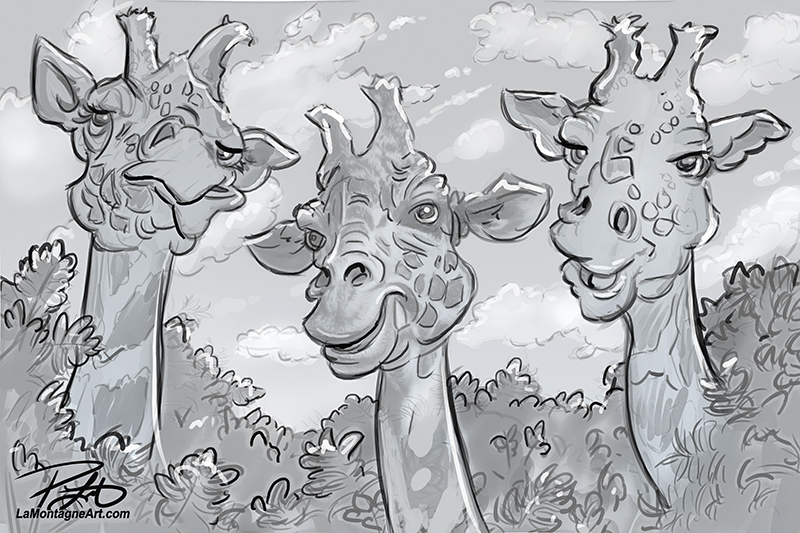 I began the project with several sketches and refined those into this mockup.
I began the project with several sketches and refined those into this mockup.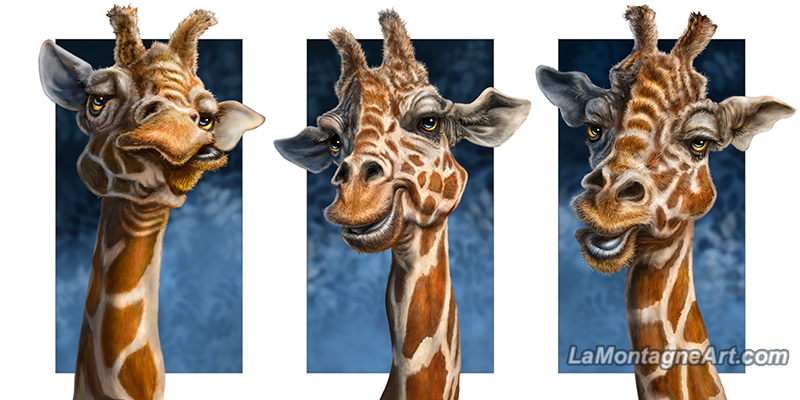 Then I painted the individual giraffes, creating three expressions different enough to be their own characters, but I still had to match the colours, light and shadow so they belonged together in the scene. Each giraffe could have been a single painting.
Then I painted the individual giraffes, creating three expressions different enough to be their own characters, but I still had to match the colours, light and shadow so they belonged together in the scene. Each giraffe could have been a single painting.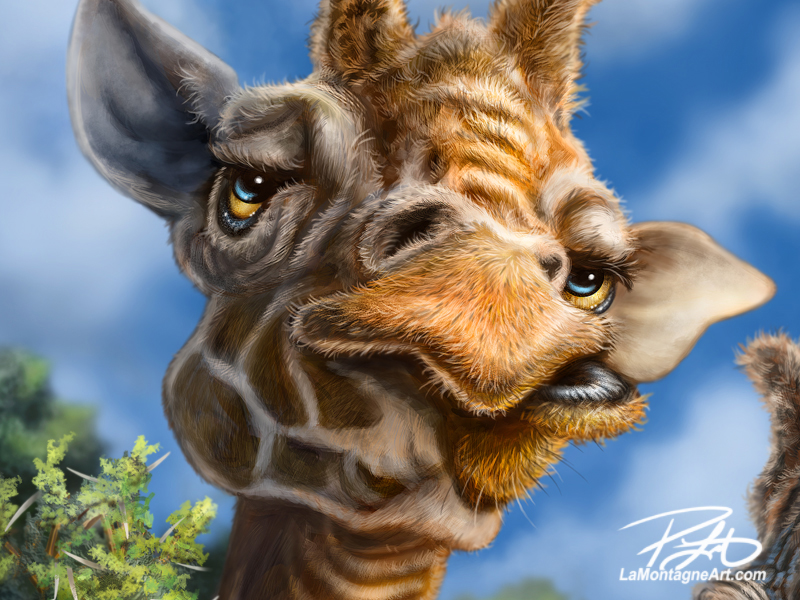 Painting the environment was the most challenging part. I could have gone with generic-looking green deciduous leaves, and most people wouldn’t have cared. Even though my style of art is whimsical, and I take liberties with exaggeration and expression, I still try for accuracy in the anatomy and environment.
Painting the environment was the most challenging part. I could have gone with generic-looking green deciduous leaves, and most people wouldn’t have cared. Even though my style of art is whimsical, and I take liberties with exaggeration and expression, I still try for accuracy in the anatomy and environment.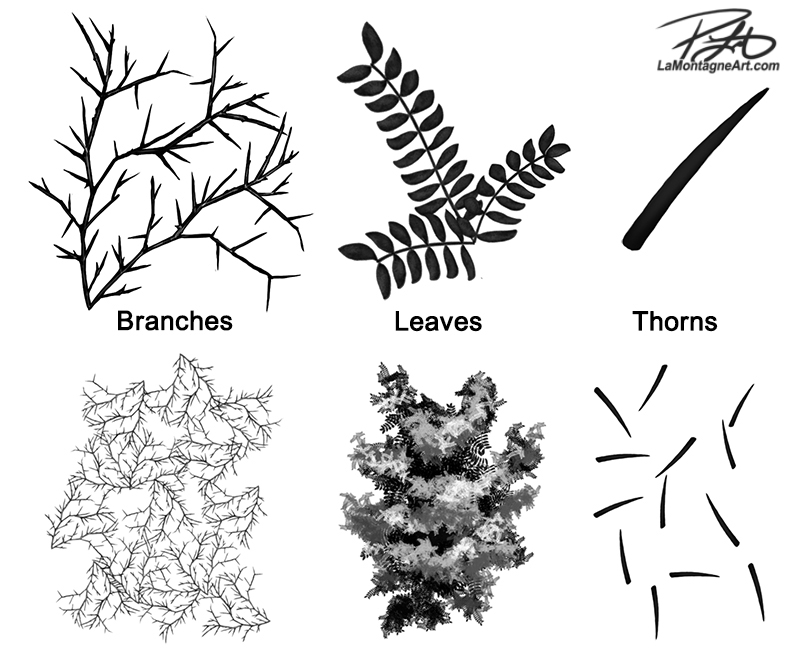 I don’t use any colour dynamics in my brushes. I prefer to pick and choose colour while painting, sampling from adjacent colours to get a better blend.
I don’t use any colour dynamics in my brushes. I prefer to pick and choose colour while painting, sampling from adjacent colours to get a better blend.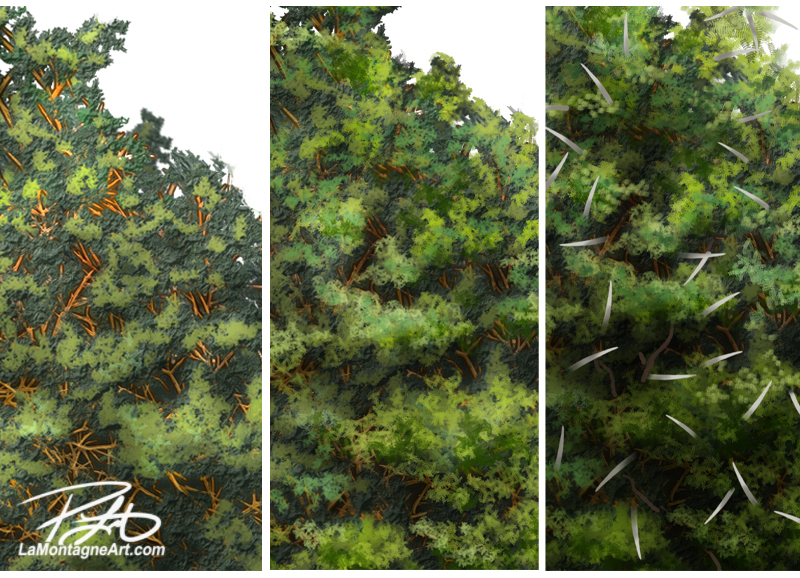 These new brushes allowed me to create a solid foundation, but it looked flat and lifeless until I spent several hours painting light, shadow, and detail to achieve the finished result.
These new brushes allowed me to create a solid foundation, but it looked flat and lifeless until I spent several hours painting light, shadow, and detail to achieve the finished result.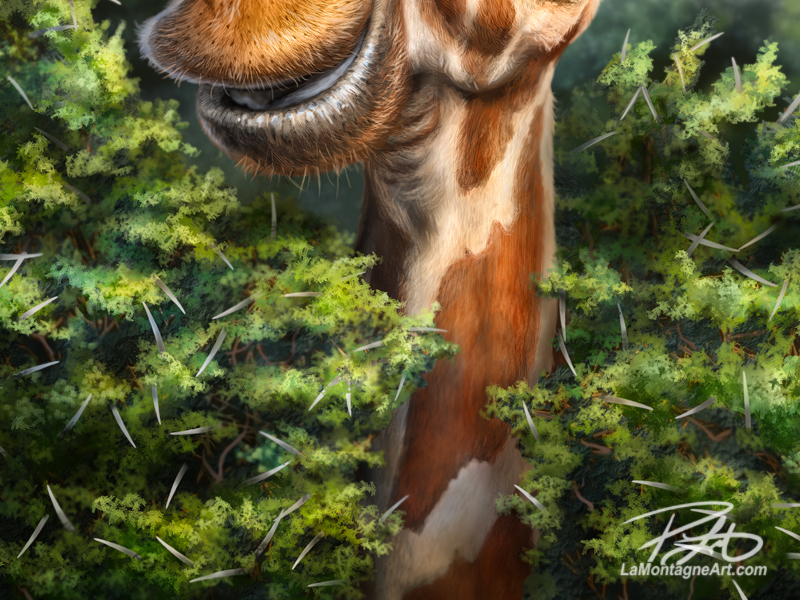 New digital artists often get obsessed with buying brush packs, thinking that’s all they need to achieve the same look as more experienced artists. But professional tools won’t provide a shortcut past the years of work it takes to become good at anything.
New digital artists often get obsessed with buying brush packs, thinking that’s all they need to achieve the same look as more experienced artists. But professional tools won’t provide a shortcut past the years of work it takes to become good at anything.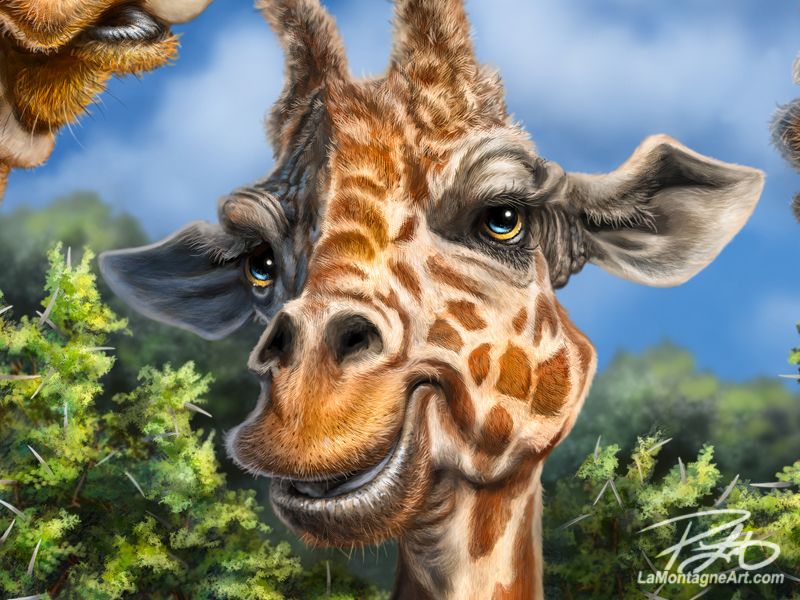 While I called it Long Neck Buds, someone could easily interpret them as two parents and a child. People often tell me what one of my paintings is ‘thinking’ or what their expression means, and I wouldn’t dream of contradicting them. If the art makes them feel something or triggers their imagination, that’s good enough for me.
While I called it Long Neck Buds, someone could easily interpret them as two parents and a child. People often tell me what one of my paintings is ‘thinking’ or what their expression means, and I wouldn’t dream of contradicting them. If the art makes them feel something or triggers their imagination, that’s good enough for me.


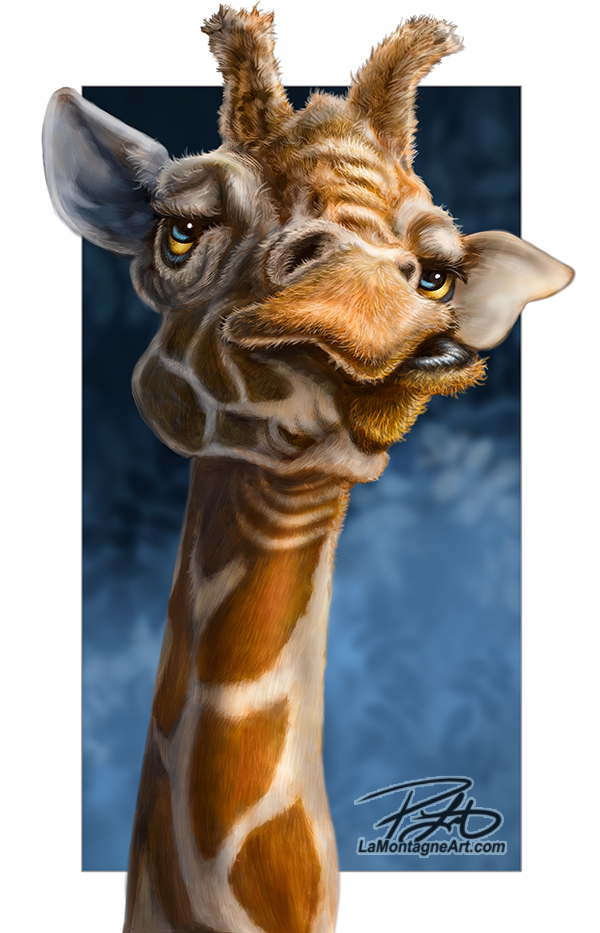
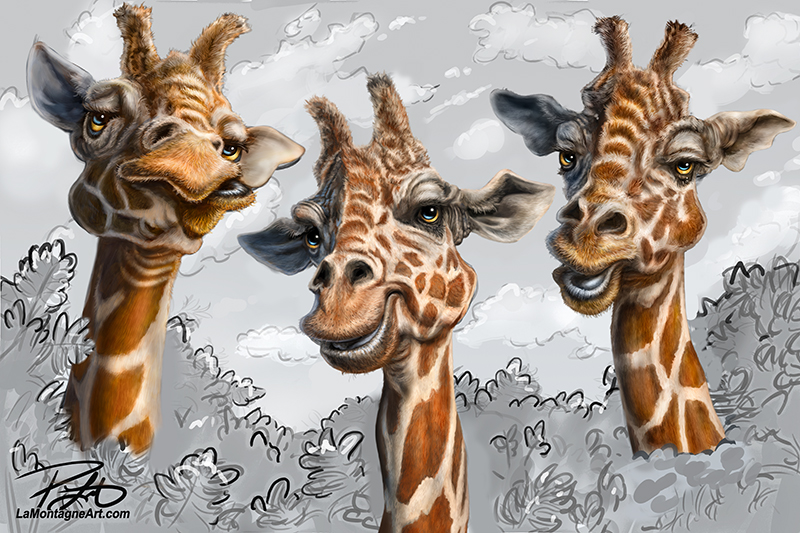 I have a few ideas on how best to do it, including creating a new brush for the task, but with no deadline, I have time to experiment.
I have a few ideas on how best to do it, including creating a new brush for the task, but with no deadline, I have time to experiment.
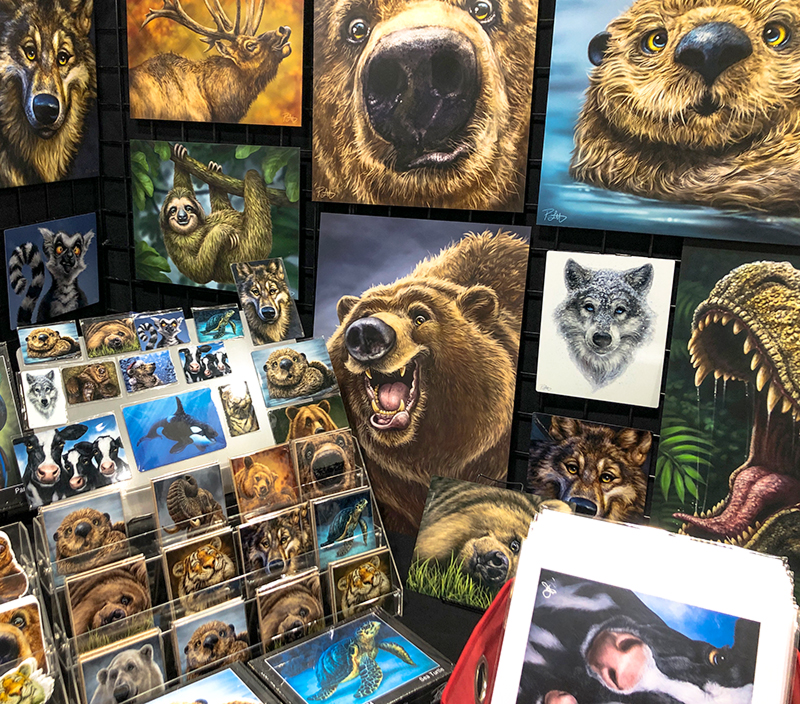 It’s been a busy week of post-show inventory, filling custom orders, drawing editorial cartoons and stowing my stock and booth hardware, but that’s normal after my biggest event of the year.
It’s been a busy week of post-show inventory, filling custom orders, drawing editorial cartoons and stowing my stock and booth hardware, but that’s normal after my biggest event of the year.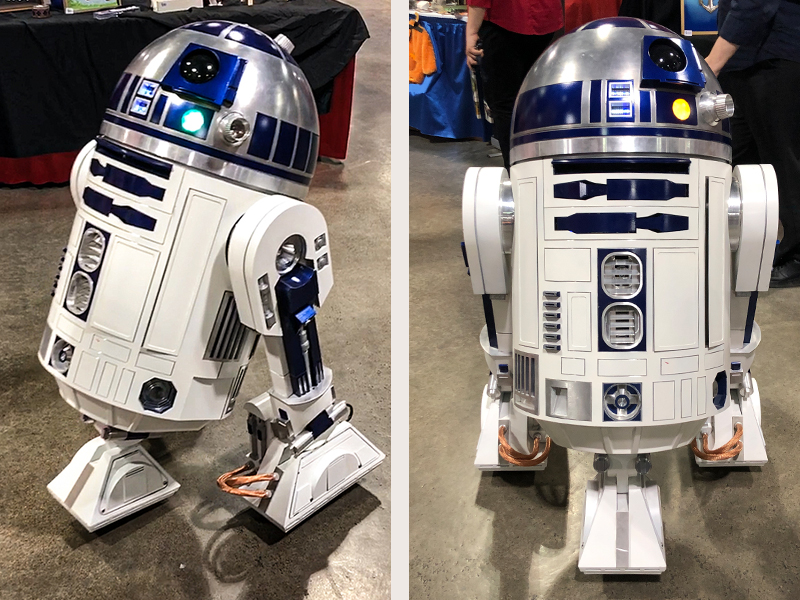 It still pushes the childhood buttons when a fully functional R2-D2 glides by my booth. With a rotating head, lights, whistles and sound effects, panels that open and close, and full mobility, it looks and behaves like the real thing. I even know the guy who manufactured it; I used to work for him years ago in Canmore. So I know he’s running it by remote control from about ten feet away, that it’s all mechanical gears, parts, and wires. But the illusion that it’s the beloved movie character is strong.
It still pushes the childhood buttons when a fully functional R2-D2 glides by my booth. With a rotating head, lights, whistles and sound effects, panels that open and close, and full mobility, it looks and behaves like the real thing. I even know the guy who manufactured it; I used to work for him years ago in Canmore. So I know he’s running it by remote control from about ten feet away, that it’s all mechanical gears, parts, and wires. But the illusion that it’s the beloved movie character is strong.
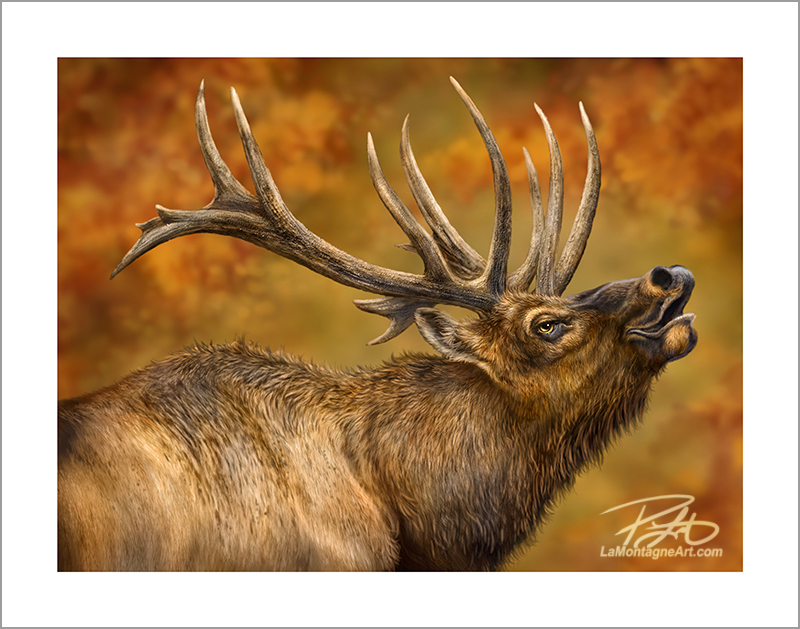 Several folks stopped by to tell me that their friend or family member couldn’t make it to Expo this year, but they wanted them to say Hello for them.
Several folks stopped by to tell me that their friend or family member couldn’t make it to Expo this year, but they wanted them to say Hello for them. People walk by the booth, their eyes scan the art walls, and they smile. Then they nudge whoever they’re with and point, and the smile infects that person, too. I’ve talked about this before, but it’s like a drug. I can’t get enough of it.
People walk by the booth, their eyes scan the art walls, and they smile. Then they nudge whoever they’re with and point, and the smile infects that person, too. I’ve talked about this before, but it’s like a drug. I can’t get enough of it.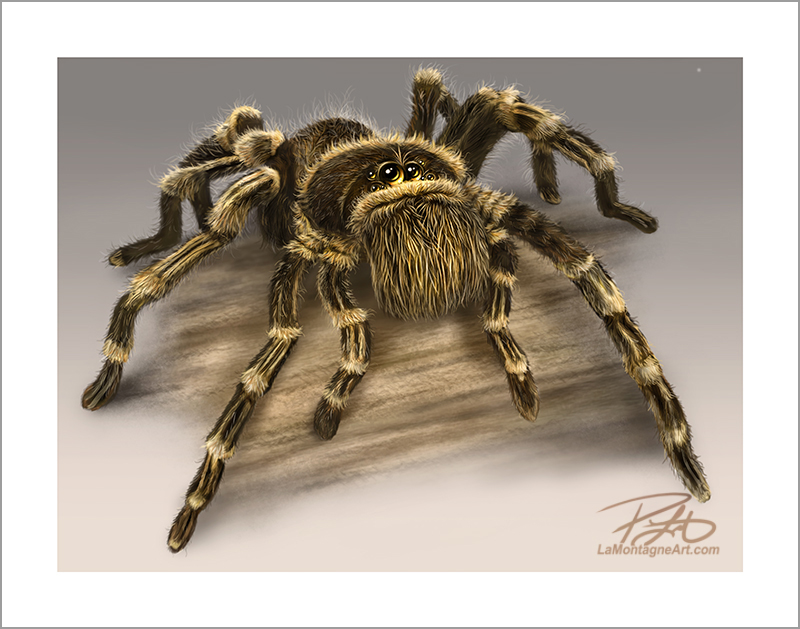 And, of course, it wouldn’t be Expo without a well-meaning follower reminding me that I am long overdue on my promise of a book. Imposter syndrome, perfectionism, I don’t know what my problem is there. My failure to launch bothers me more than anybody else. But the push is well deserved, Kim! Thank you for that.
And, of course, it wouldn’t be Expo without a well-meaning follower reminding me that I am long overdue on my promise of a book. Imposter syndrome, perfectionism, I don’t know what my problem is there. My failure to launch bothers me more than anybody else. But the push is well deserved, Kim! Thank you for that.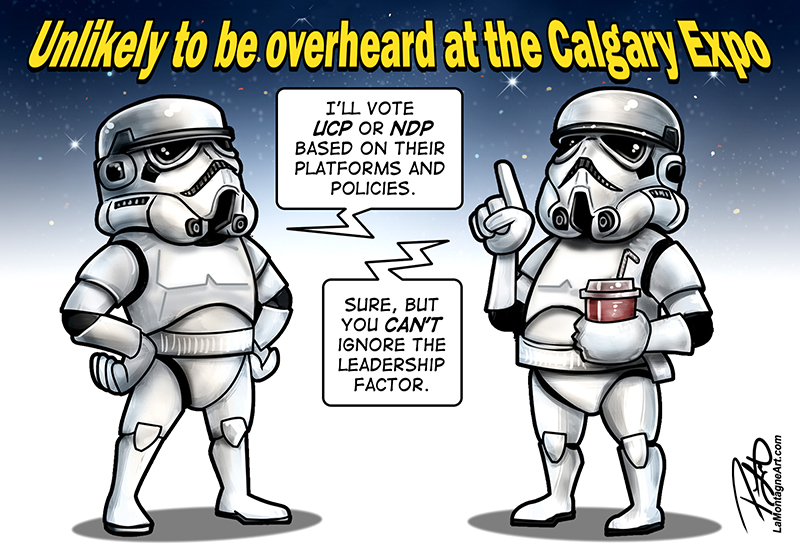
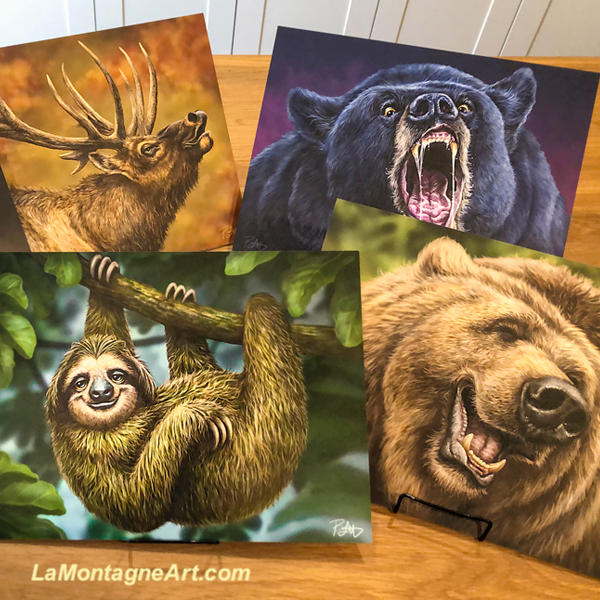
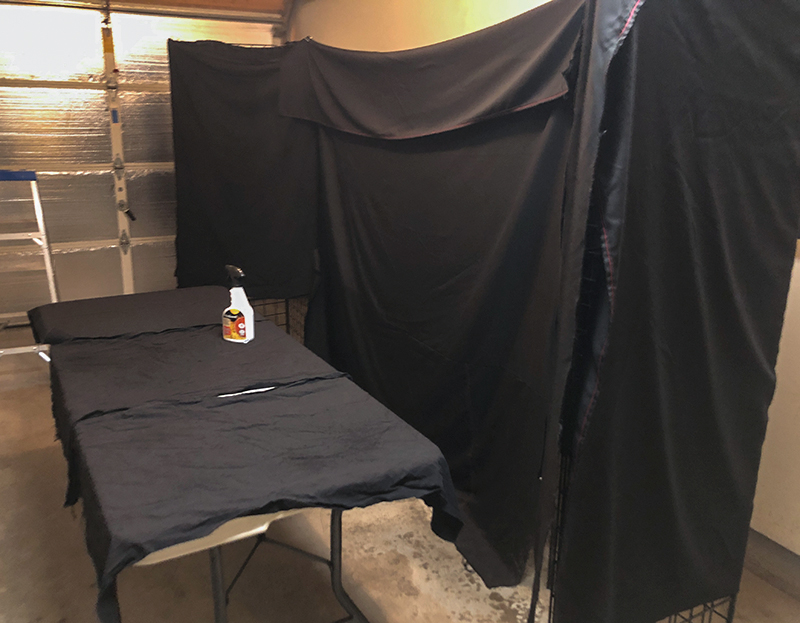 They forewarn vendors about the regulations and that the Fire Marshal is on scene at this event, so better safe than sorry. Last year they stopped at my booth and asked if my lights were halogen. Thankfully, I was using LED bulbs.
They forewarn vendors about the regulations and that the Fire Marshal is on scene at this event, so better safe than sorry. Last year they stopped at my booth and asked if my lights were halogen. Thankfully, I was using LED bulbs.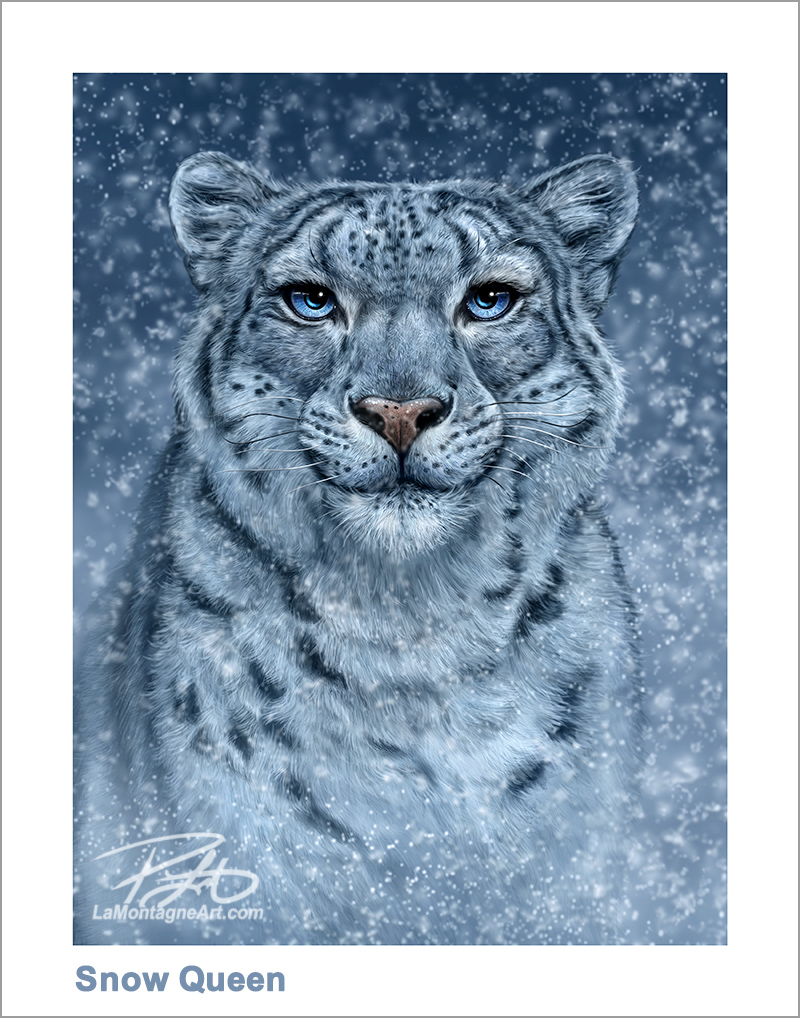
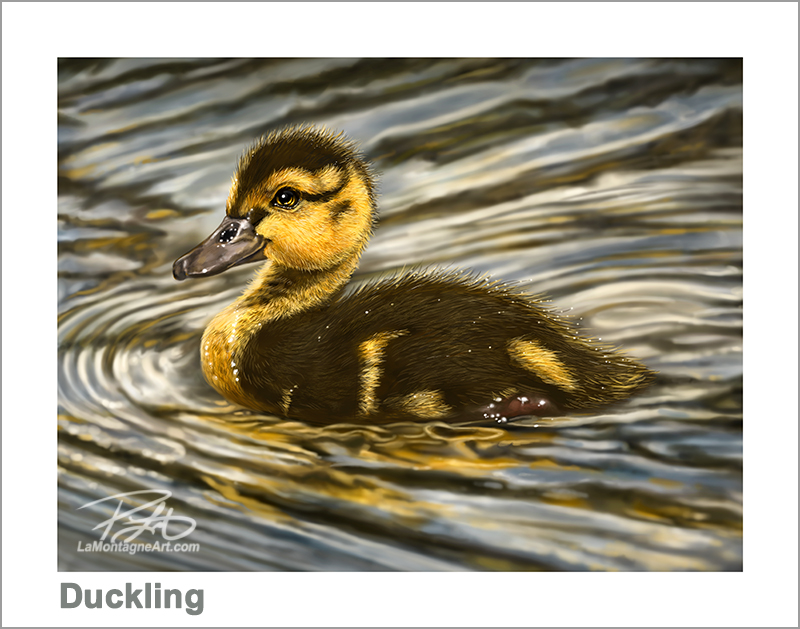
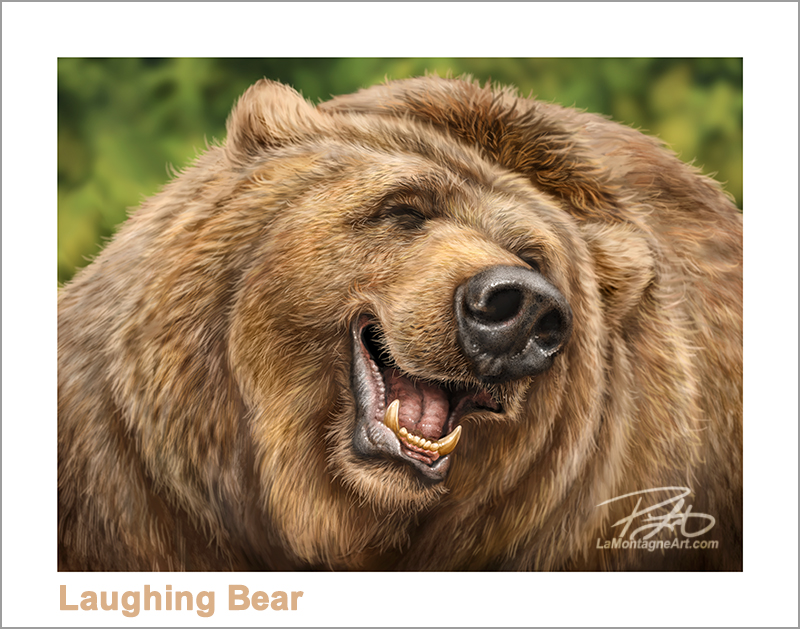
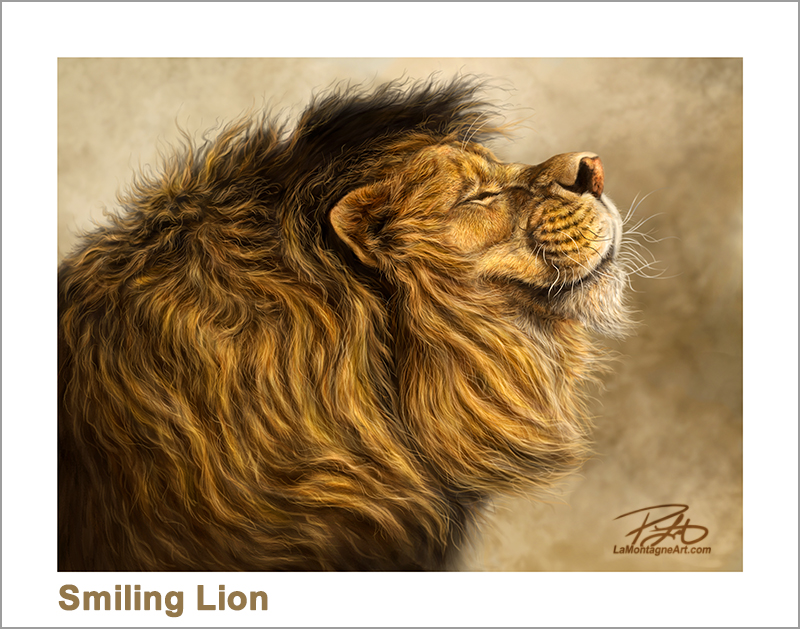
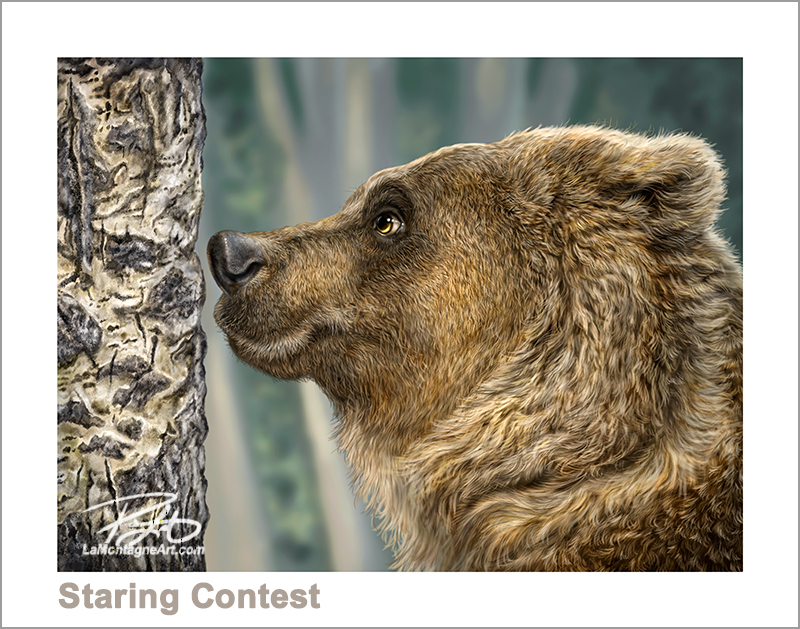
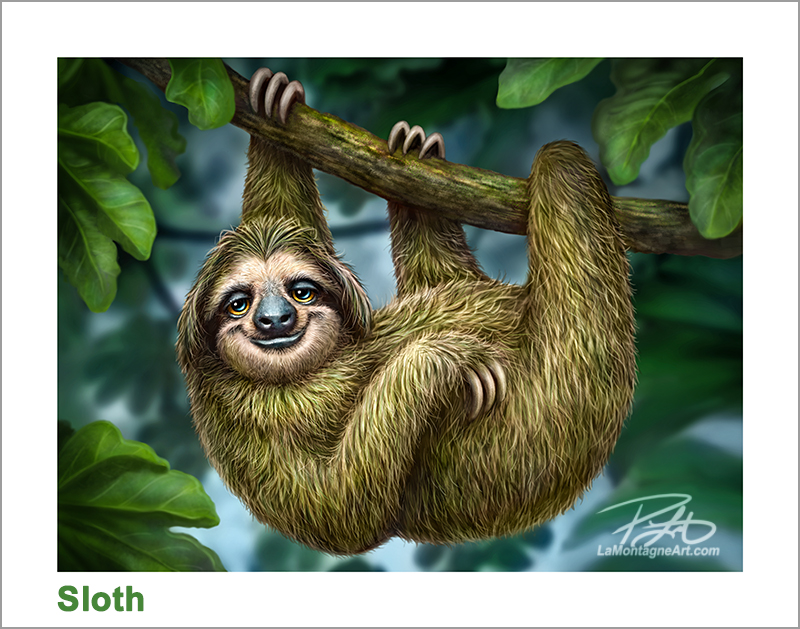

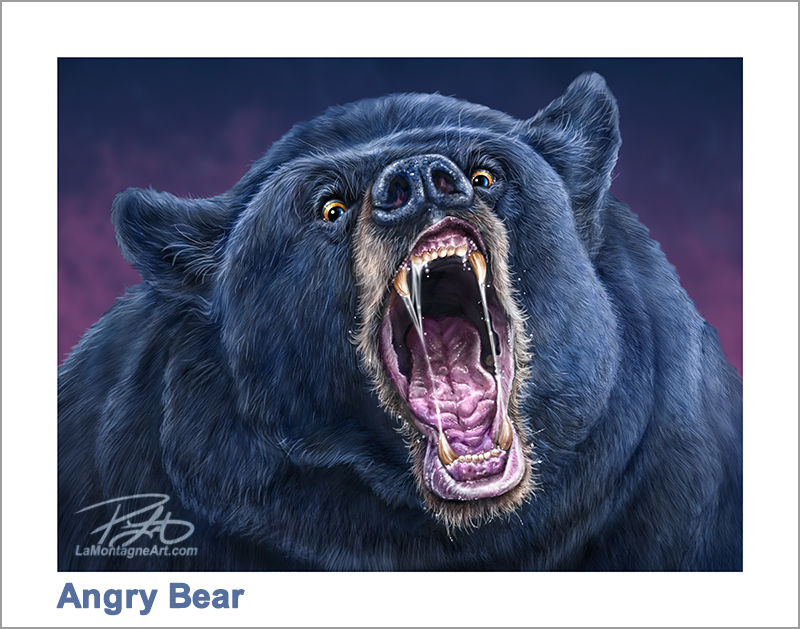 For many of my paintings, it takes some settling time after I complete them before I know if I really like them. Of these most recent paintings, I realized that Bugle Boy, my painting of a bull elk, might be a personal favourite. I don’t know if it’s the texture I painted in his rack, the personality or the colour, but I loved seeing this piece in print, and I hadn’t expected that.
For many of my paintings, it takes some settling time after I complete them before I know if I really like them. Of these most recent paintings, I realized that Bugle Boy, my painting of a bull elk, might be a personal favourite. I don’t know if it’s the texture I painted in his rack, the personality or the colour, but I loved seeing this piece in print, and I hadn’t expected that.
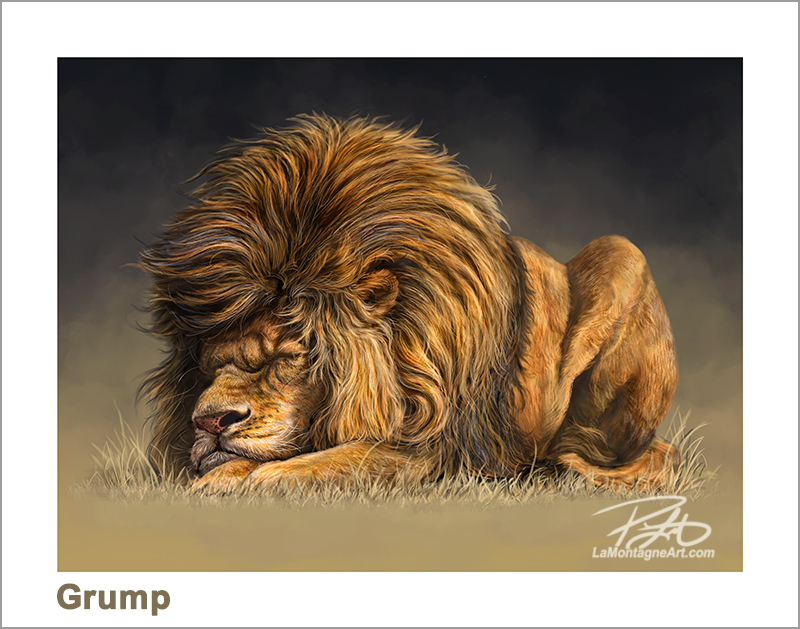
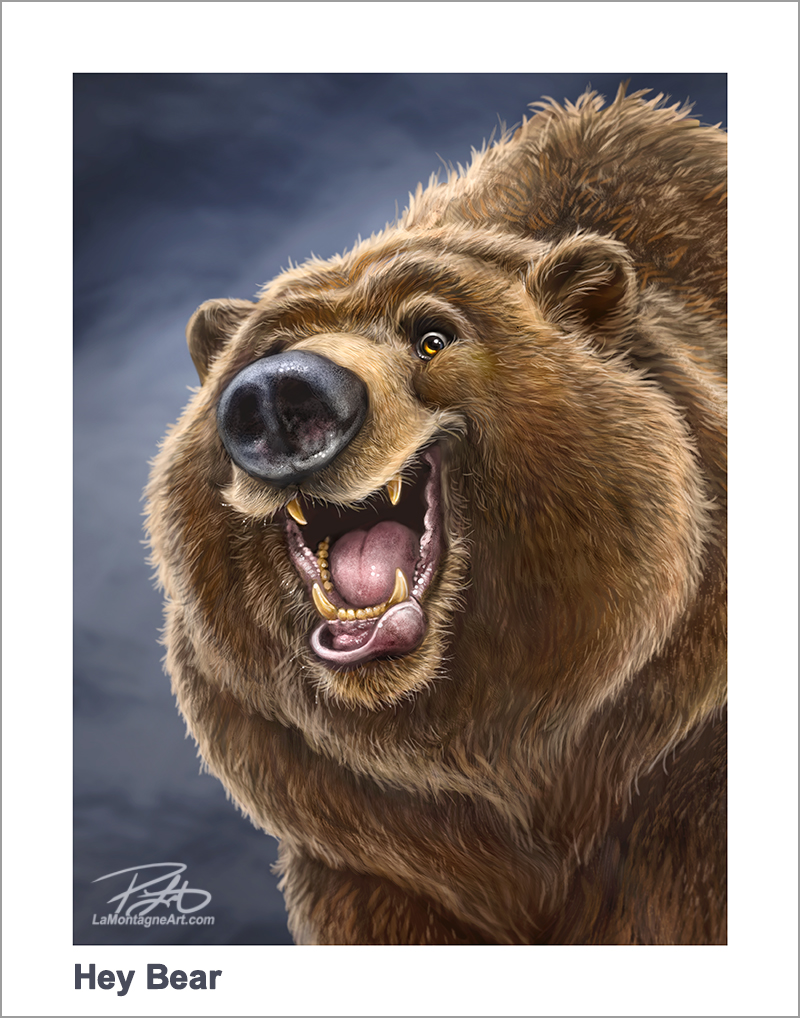
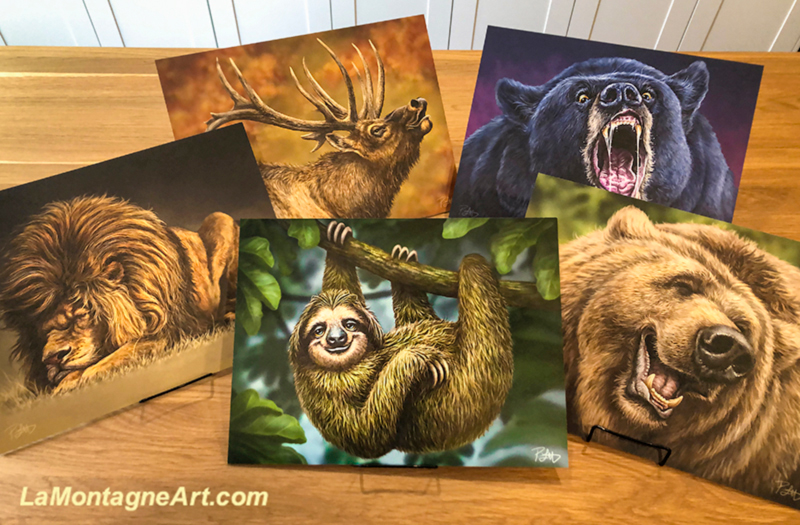 Many people buy four-day passes for this show, but others come for only one day. Saturday is the leader when it comes to crowd volume and sales. All four days are usually good, but I’m trying out some daily specials for the other three this year.
Many people buy four-day passes for this show, but others come for only one day. Saturday is the leader when it comes to crowd volume and sales. All four days are usually good, but I’m trying out some daily specials for the other three this year.